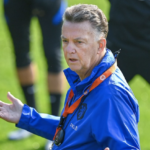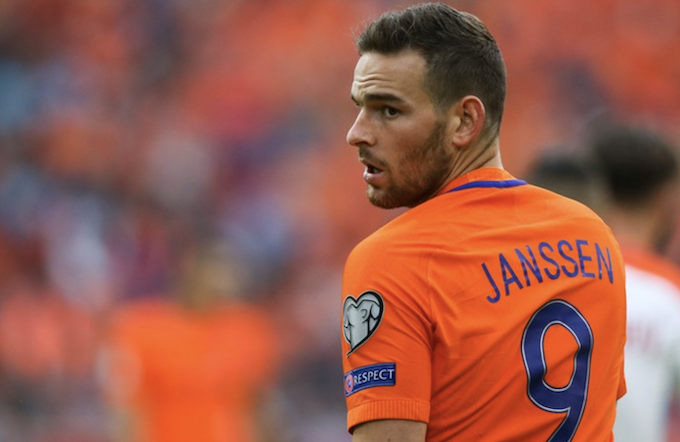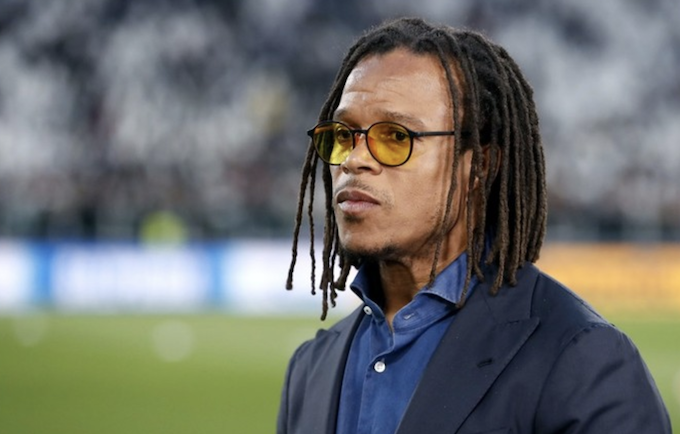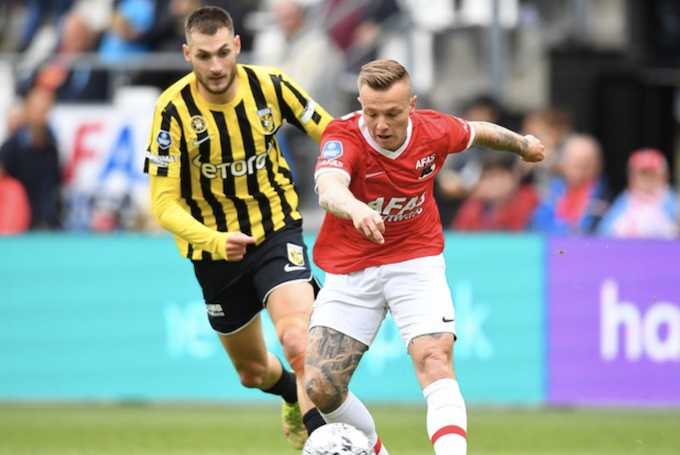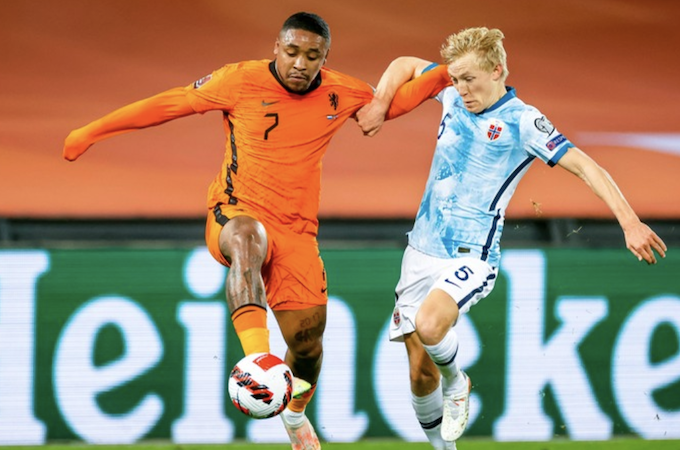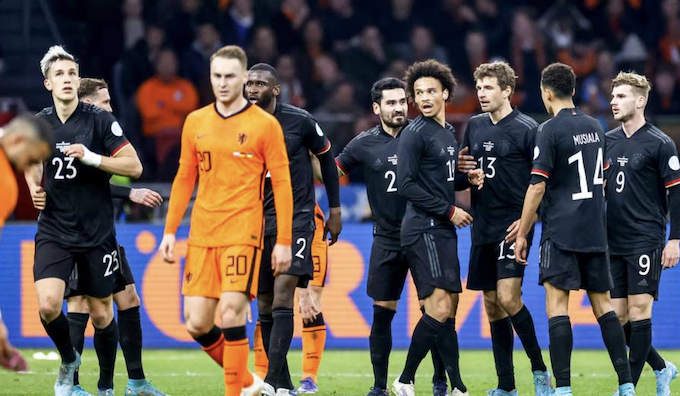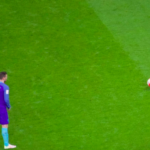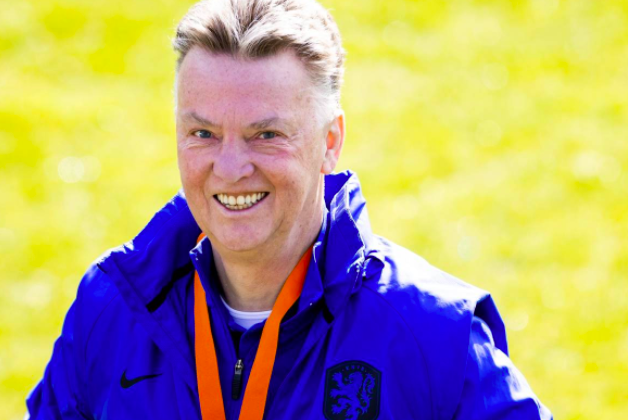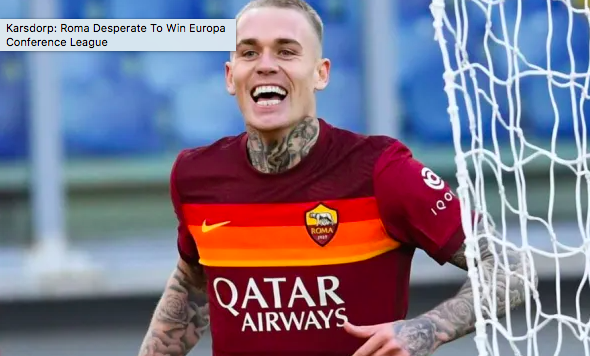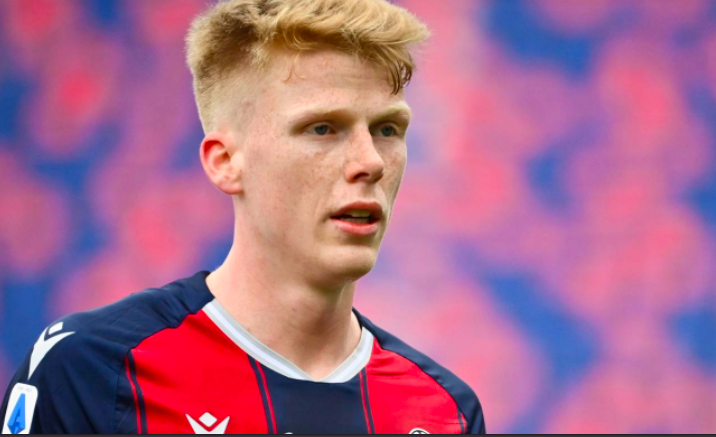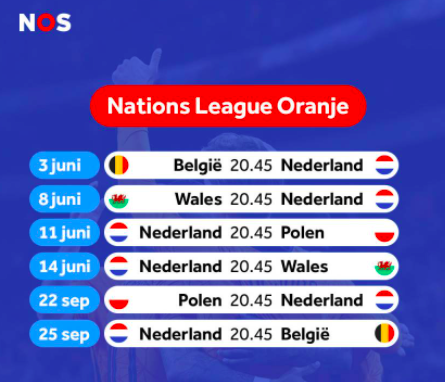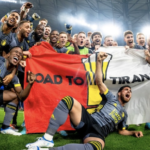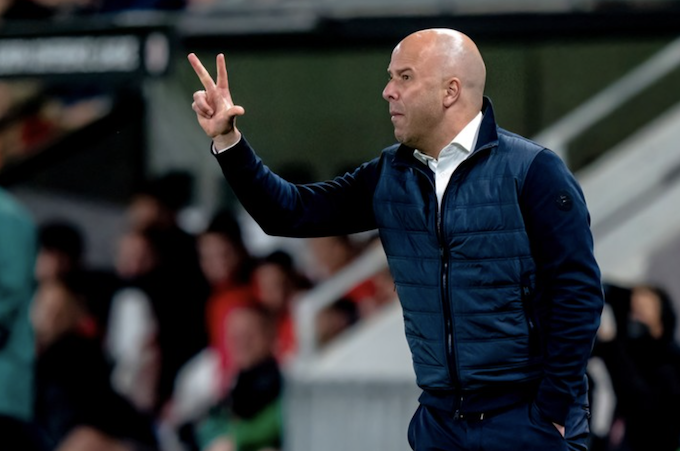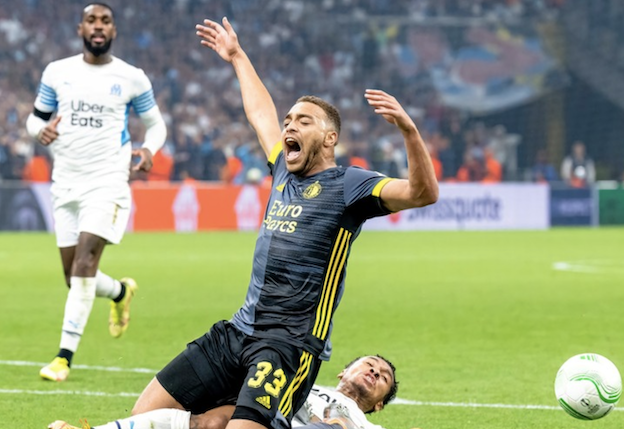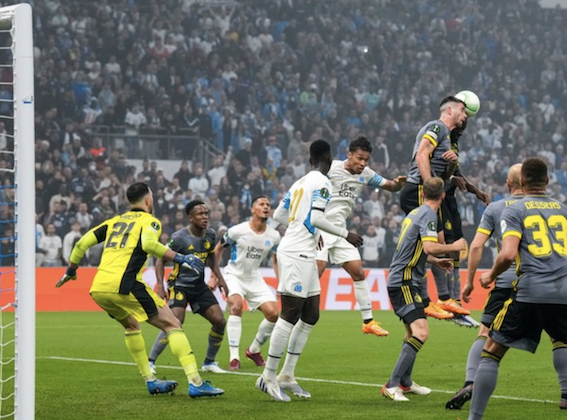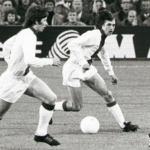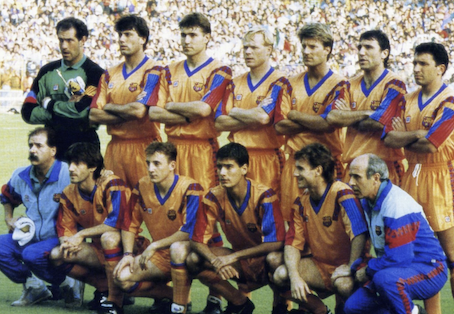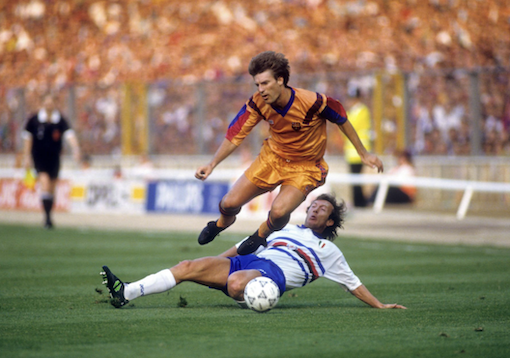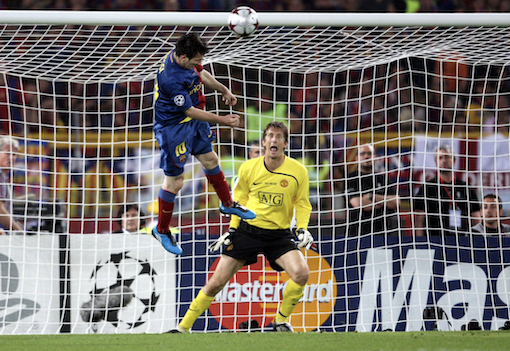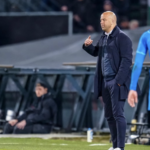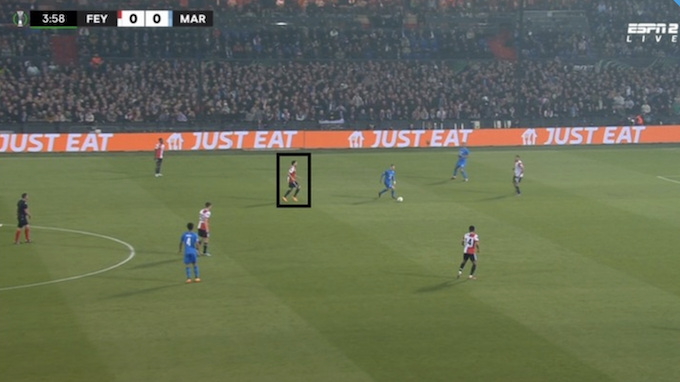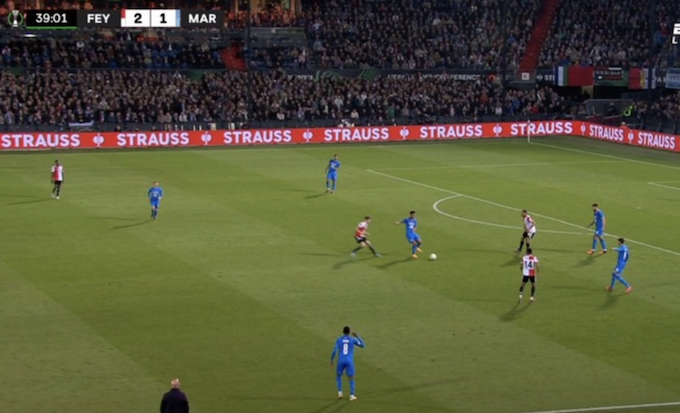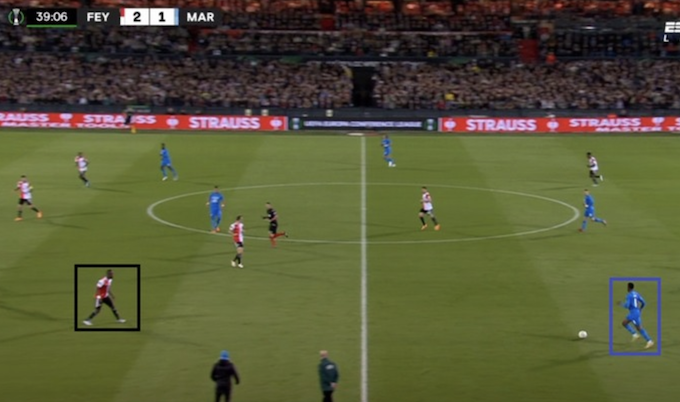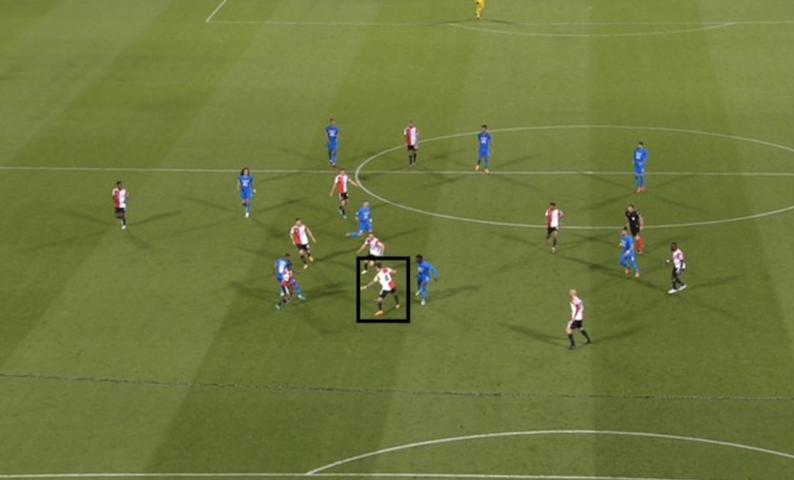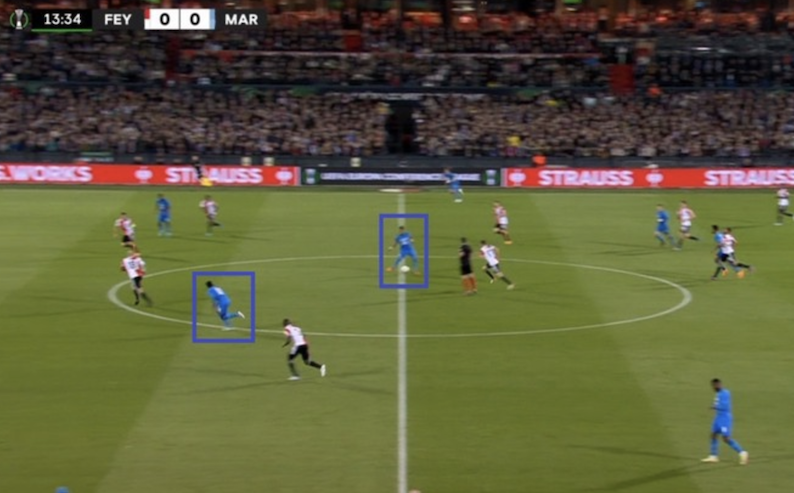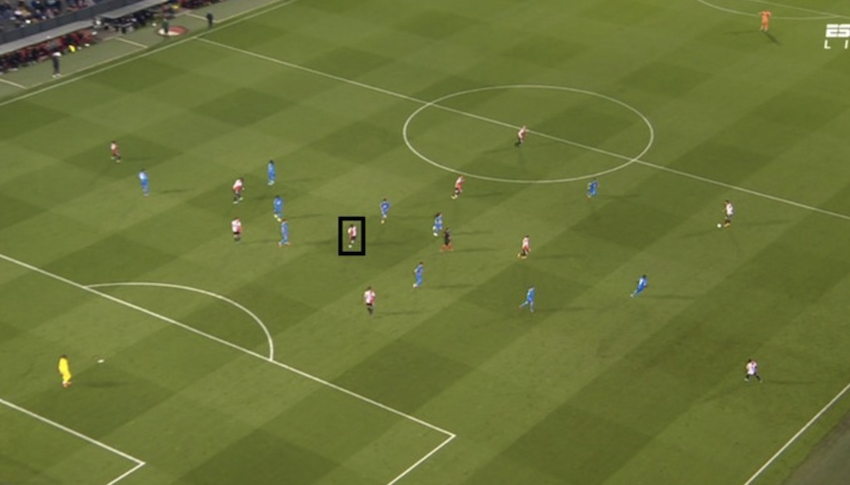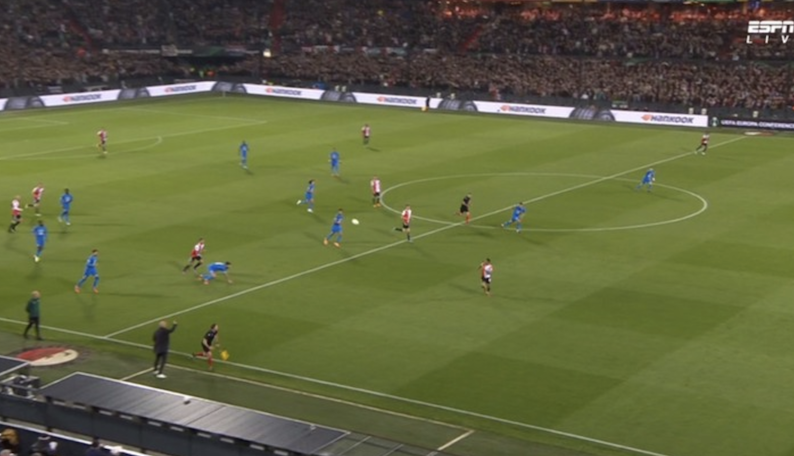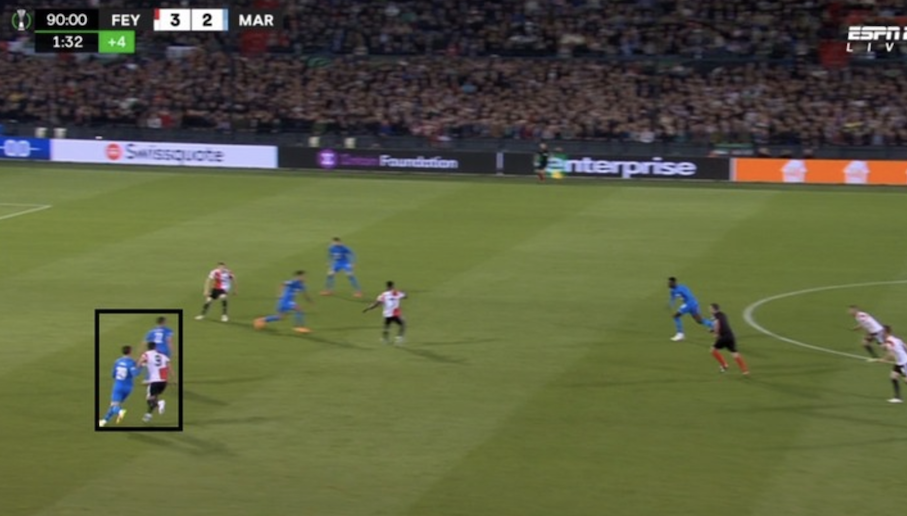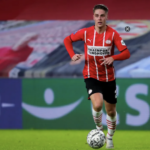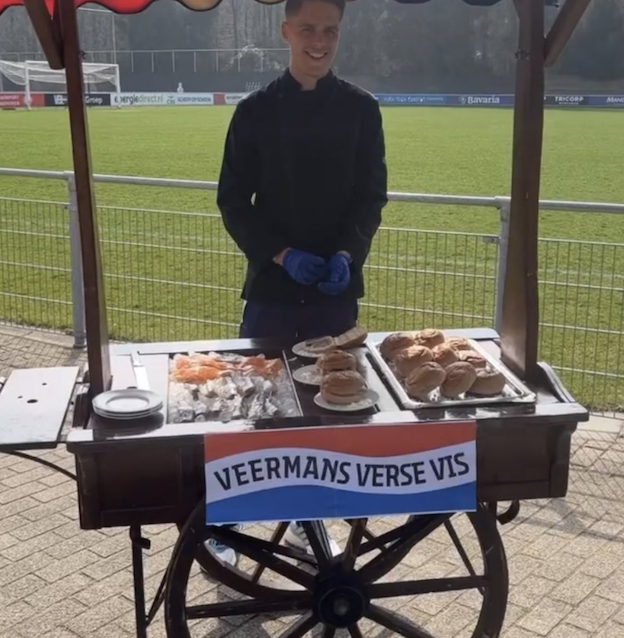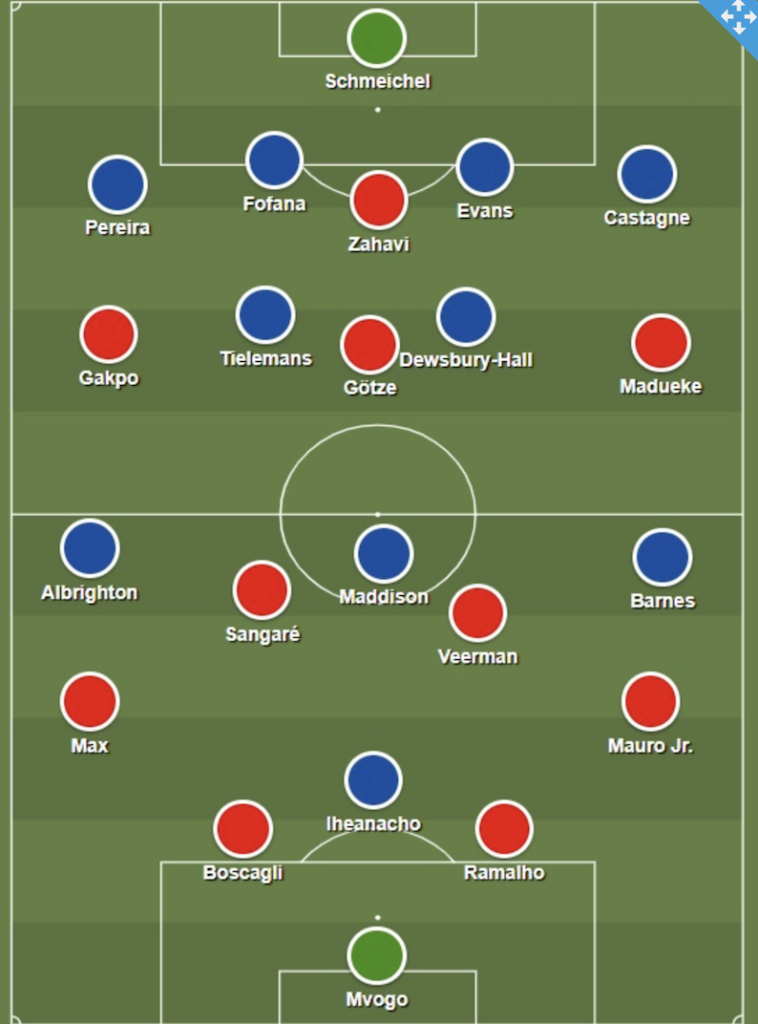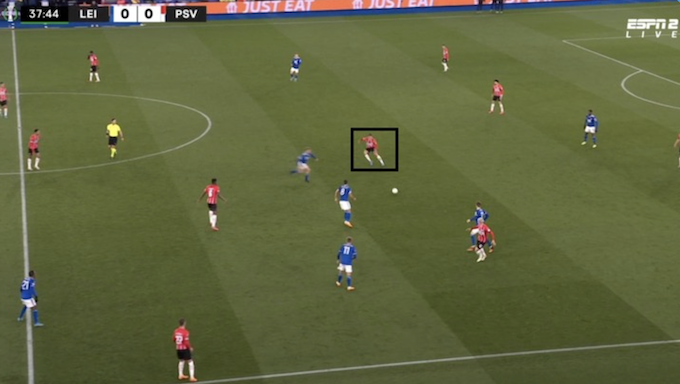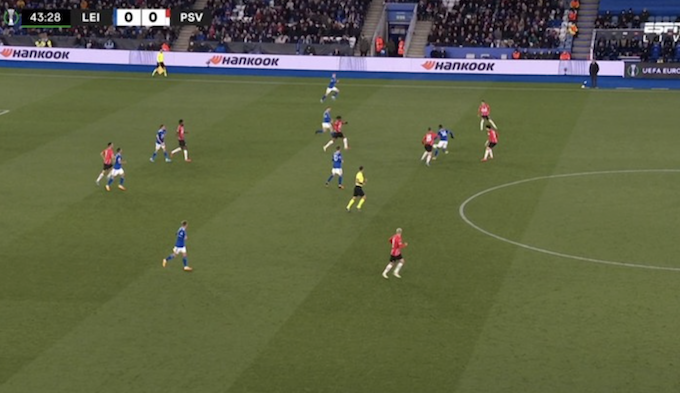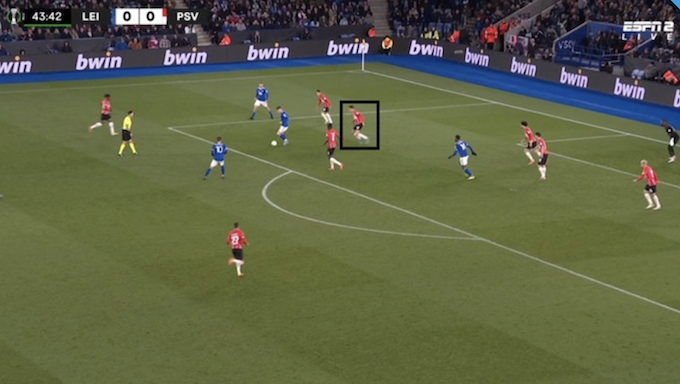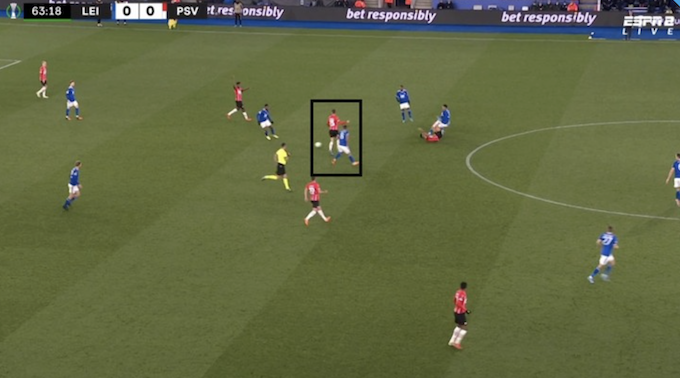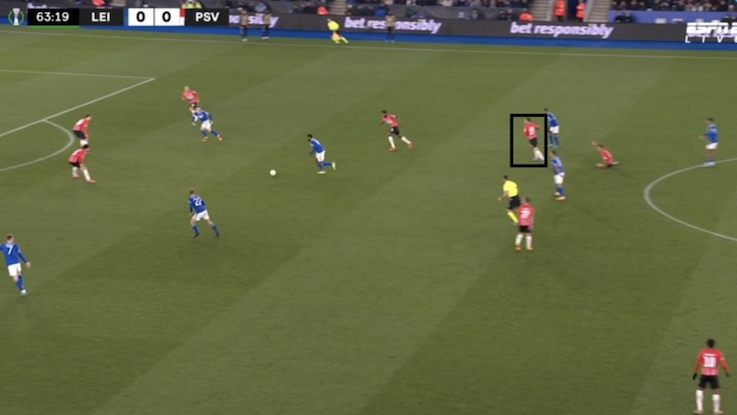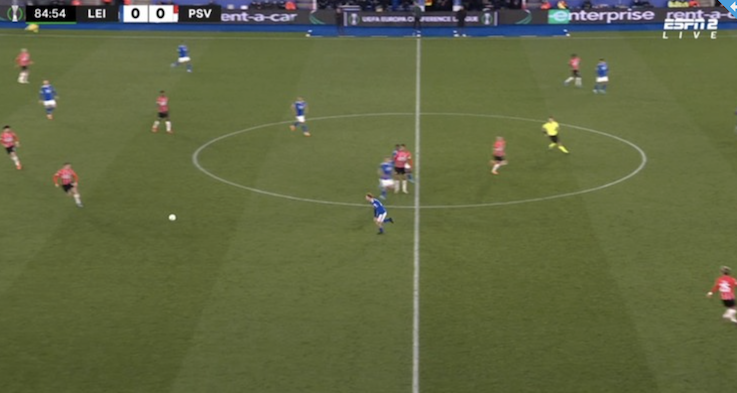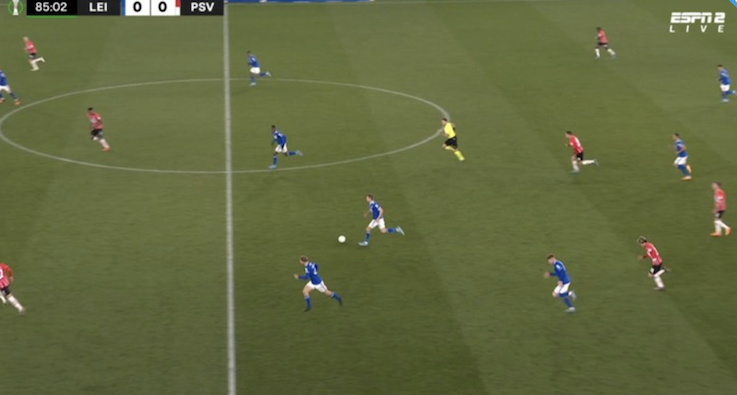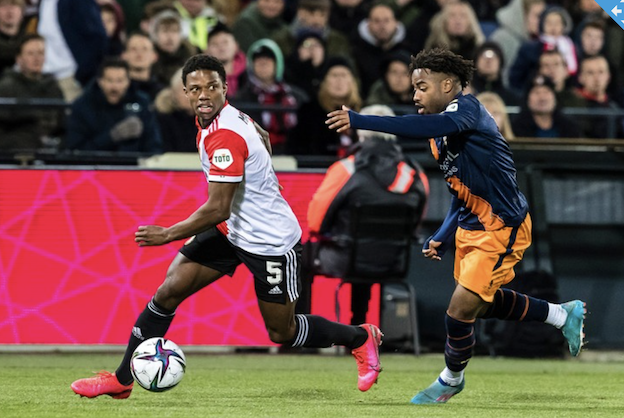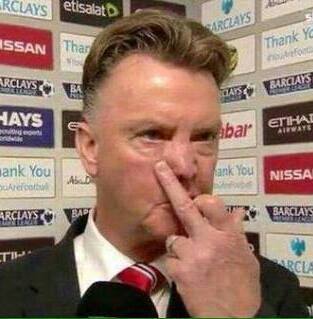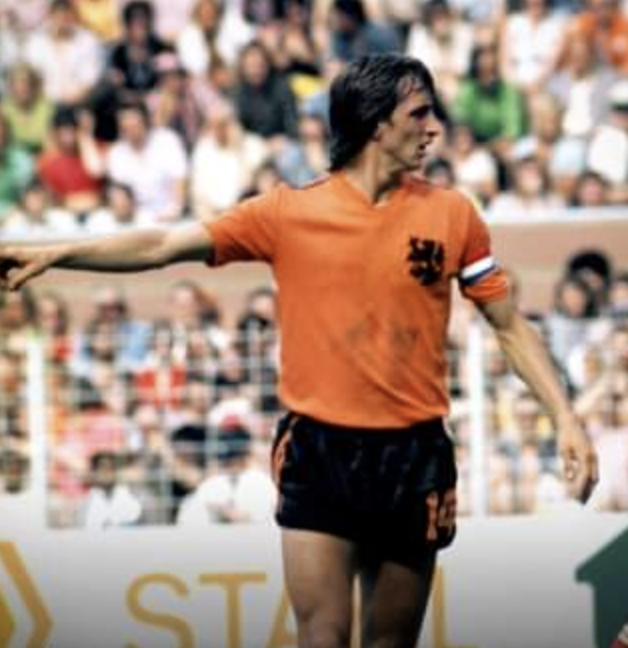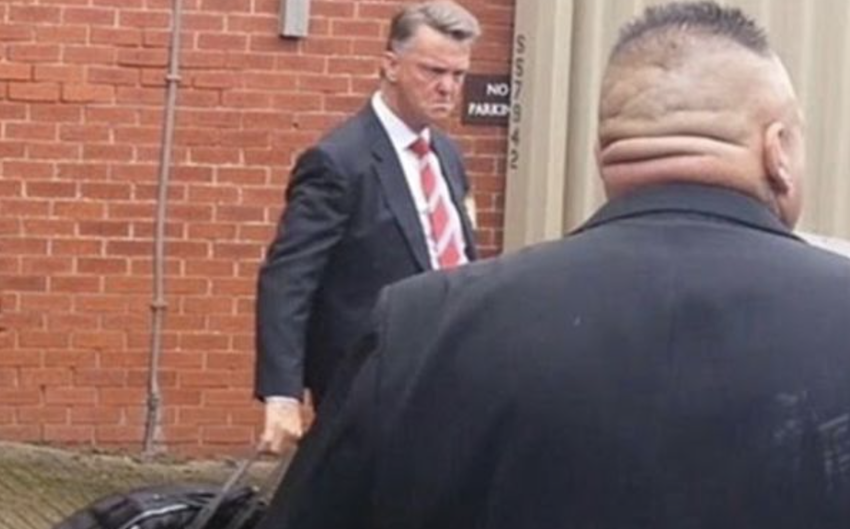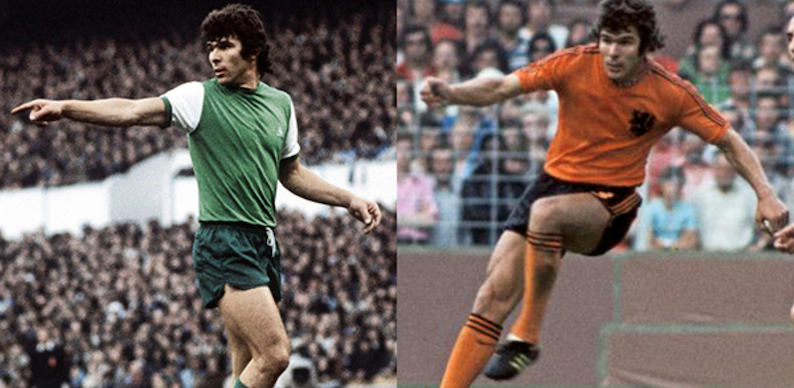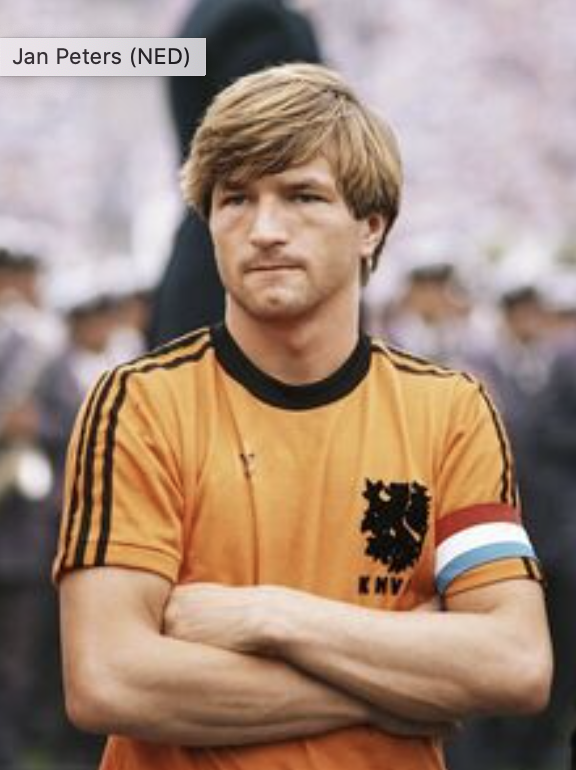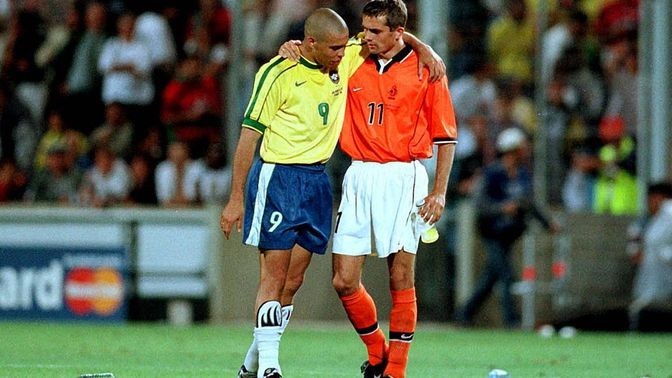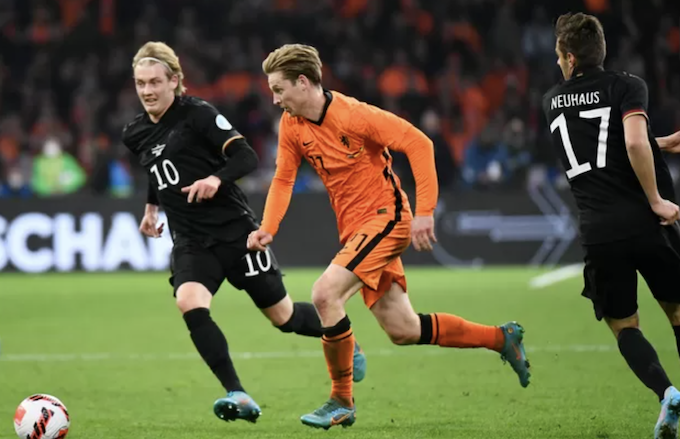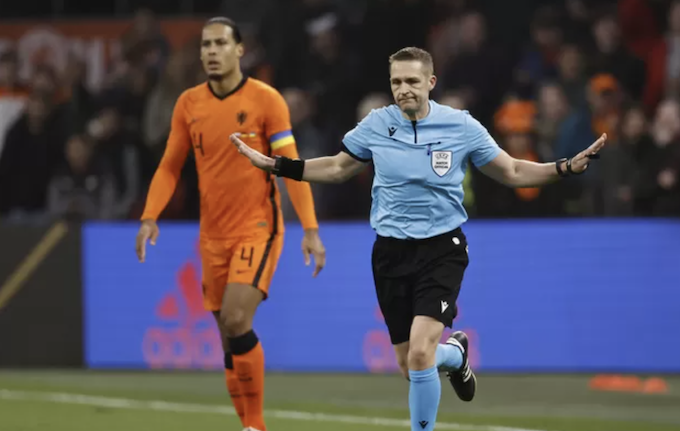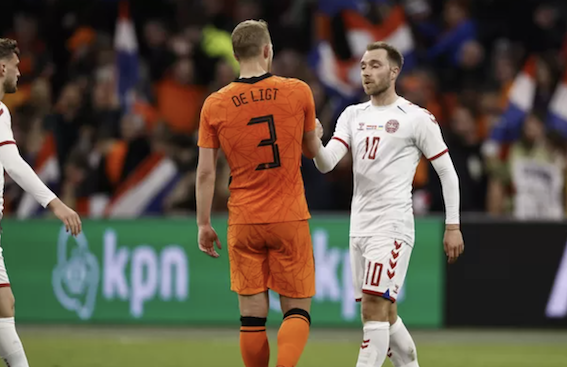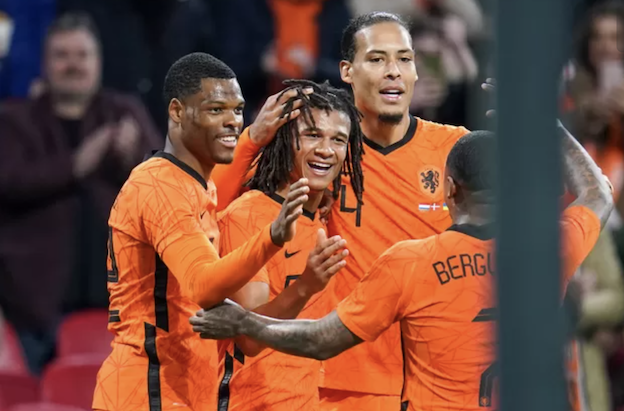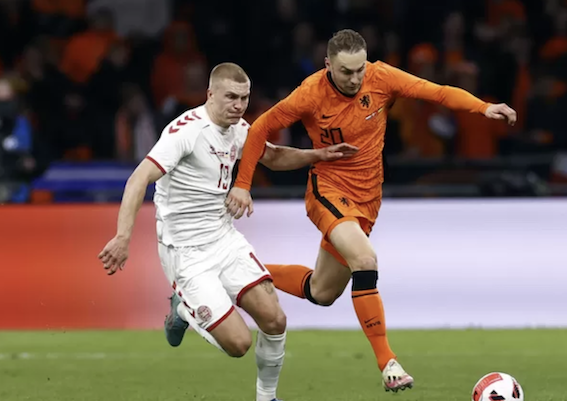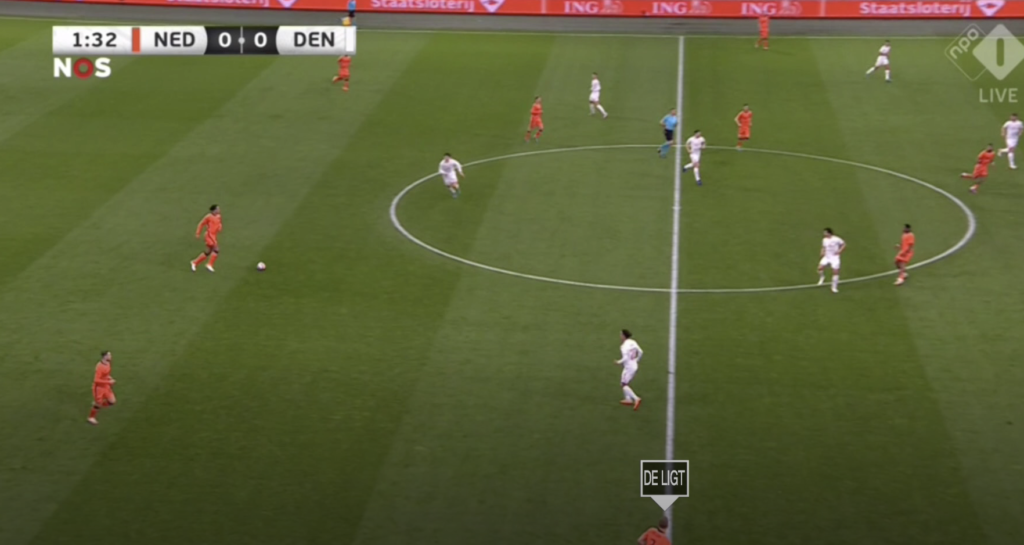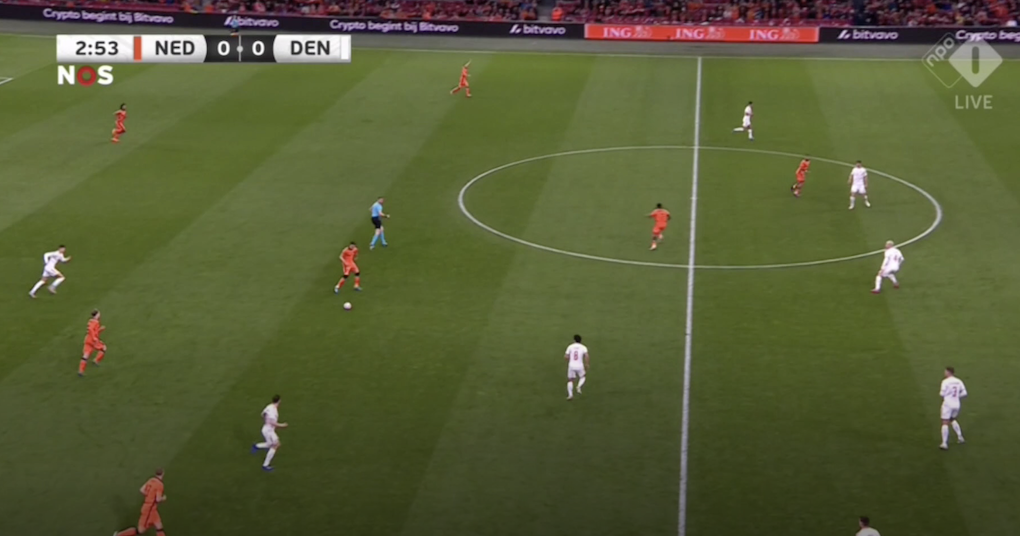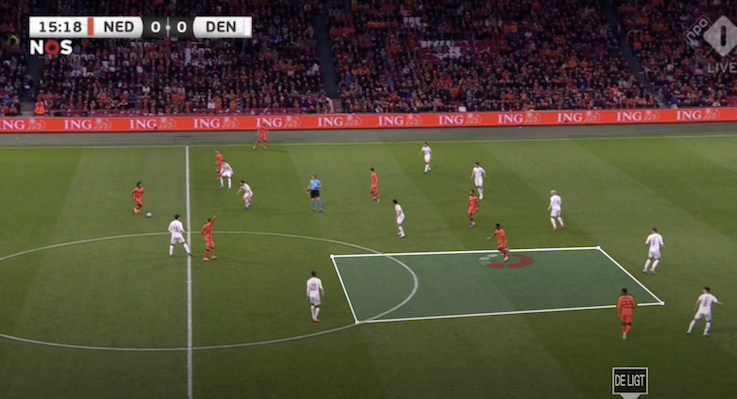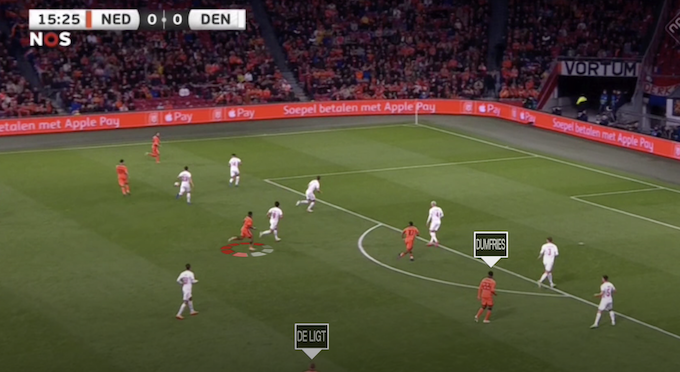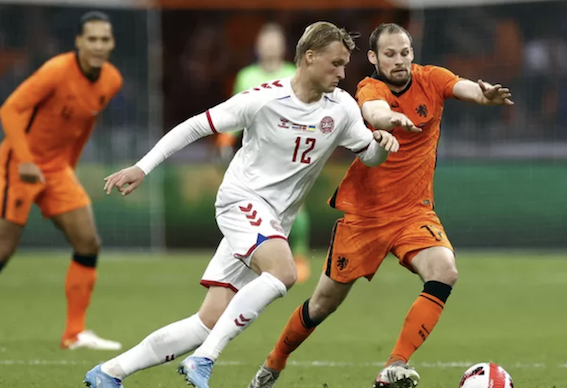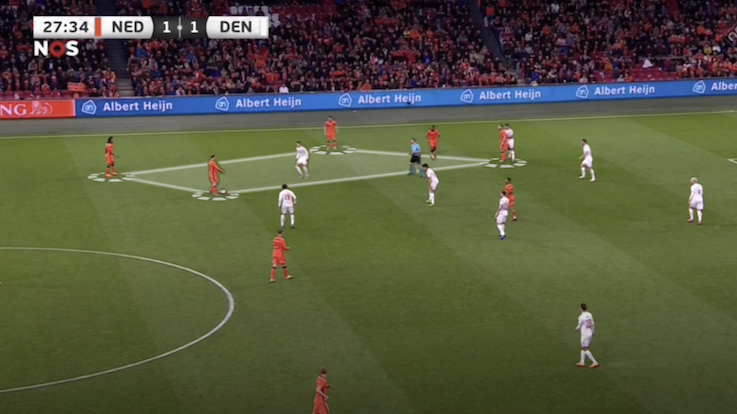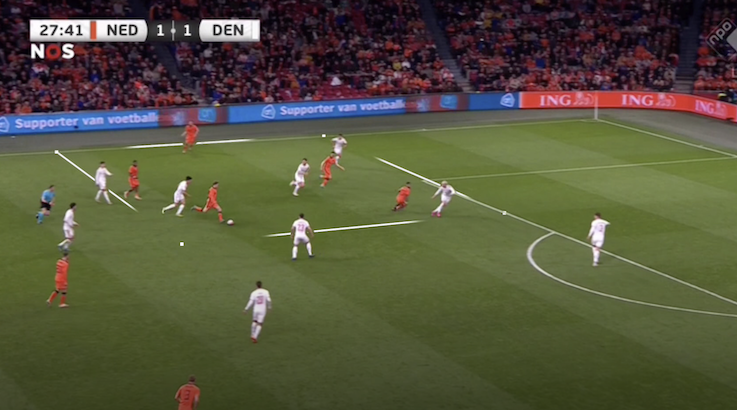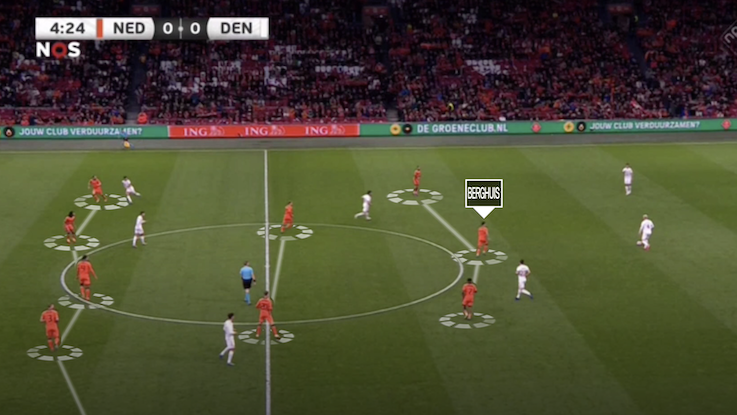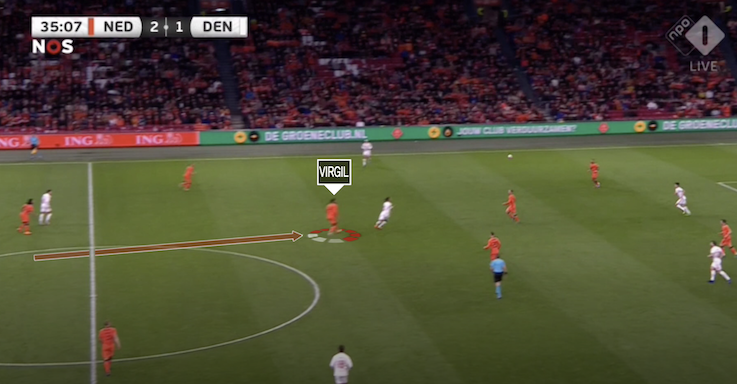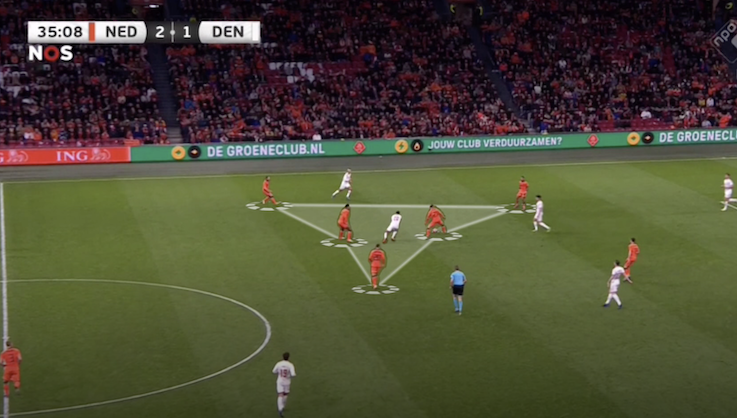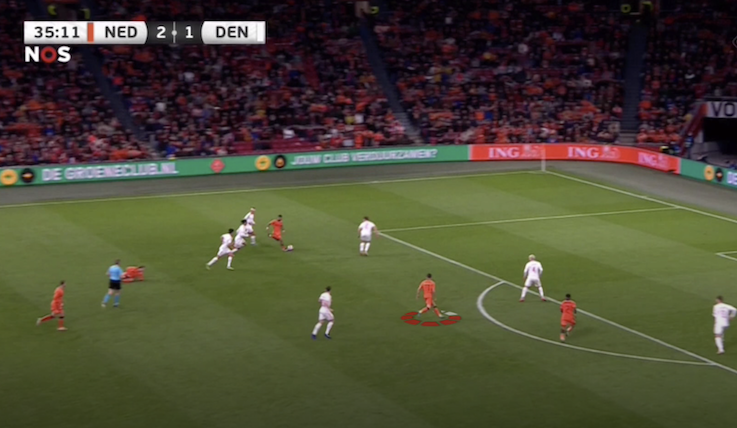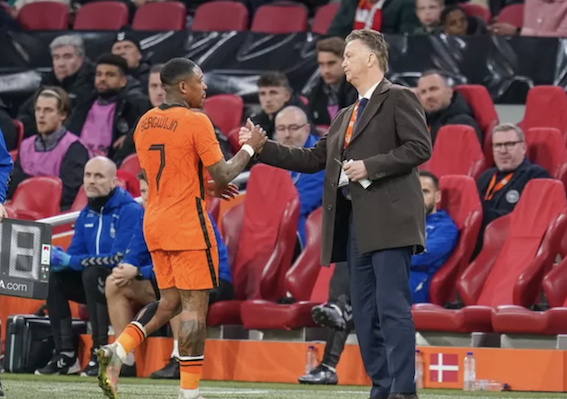Louis van Gaal always had a good sense of “entertainment”. People in Holland have compared him with certain dictatorial leaders from the past. His booming voice, his use of his own name in the third person when speaking about himself, his condescending approach of journalists, his domineering style of dealing with players.
And now, LVG decided to have a daily Van Gaal Show press conference to entertain the masses.
It was all about his choices. And he didn’t mince words.
About Wijnaldum.
“I am a big Georginio fan. I love the guy, I love how he can play. But…. he hasn’t delivered. In the time I am coach, I have subbed him three times! And Louis van Gaal doesn’t sub players for nothing. He didn’t deliver. He also doesn’t deliver at his club. He is playing in a team where he doesn’t seem to fit. So it is up to him. Once he starts to deliver, he will find himself back in Oranje, because I know how important he can be.”
“Yes, other players played even less minutes than Wijnaldum, like Bergwijn. I know that. But, when he was called up, whether at Spurs or in Oranje, he delivered. That is the difference.”
About Martins Indi
“I was not overall happy with the way our left central defenders played, particularly in the press. We need to do better. I have limited options and when I am confronted with two or three major injuries in November, who knows, I need to be prepared. Martins Indi has grown significantly, particularly in his forward passing and his pressing. Exactly what I need. Sure, Mathijs de Ligt played there for us and Juve and he can do it. It’s not that we don’t have options in the squad. But I need to know what we have available further down the line. And for me, it is important to see Martins Indi at work, up close.”
About Vincent Janssen
“It is simple. Danny Blind has had a lot of joy from Janssen. Yes, he has limitations. He’s not the most explosive, he can have hard feet, all true. But he also does a lot of things right. He uses his body well, he can play with his back to goal and he has eye for the movement around him. Danny pointed this out, and we both watched some of his recent games and I saw it: That is what I want from a Van Gaal striker. Can he do it in Oranje again? That is what we will find out.”
About his wedding
“Yes, he had a wedding planned. It happens. Do I need to tell him to cancel it? Of course not. He is a human being. He has a right to get married and I want him to have a nice wedding night with his lovely little woman. And then he’ll fly in. Simple.”
About Edgar Davids, the new Oranje assistant
“I am thrilled to have him with us. He was unique as a player. I called him my pitbull, because he was the only one with that fierce mentality. I see this in two of my current players too, in Dumfries and in Malacia. Davids was tactically stronger, a better defender, but all my players can learn this from him.”
Leaving players out of the squad
“Yes I am coach of the National Team but I also a guardian of Dutch football. And Young Oranje is also on the verge of doing big things and it is in everyone’s interest that Young Oranje performs well. So players like Brobbey, Gravenberch, Rensch, Geertruida, Botman and Bakker need to be there for Young Oranje. I know what they can bring and their time will come. But I have to juggle all the interests of Dutch football. Clasie wasn’t left out by me. Clasie called me to say he’s been playing with a bad knee for months. After a match, he can’t drive, he can’t train. He needs to get that operation and he’ll get back in the mix once he’s playing again.”
It will be an exciting summer for some Oranje players. The window is opening and there is a lot of interest in the Dutchies.
And overview:
Steven Bergwijn was not allowed to leave Spurs during the season, to return to Ajax. The Amsterdam club has tried three times now, and will probably try again this window. Conte proclaimed he needed Bergwijn, but he never ended up using him for more than 10 mins per sub turn. Time to leave.
Jasper Cillesen is not the 100% numero uno at Valencia and PSV is keen to sign the 33 year old. Cillesen’s agent happens to be the son of the former PSV general manager Ploegsma so 1 and 1 can be 2, quite easily. But Cillesen doesn’t come cheap and Valencia will want their pound of flesh too.
Memphis Depay is 28 years old, in the peak of his career. Despite a somewhat disappointing season at Barca, his stats are still pretty good. He’s versatile, and quite unique in his style, with clubs like Arsenal, Spurs, Newcastle and Juventus sniffing him out. Xavi has said he doesn’t want him to leave, as his versatility is a strength, but in Barcelona money talks.
Mark Flekken put his name on many lists by getting a spot in the LVG squad. Ajax is the club with the biggest goalie issue, with Pasveer (38 ) and Stekelenburg (39) as main goalies. It seems a matter of time before Flekken lands in Amsterdam.
Cody Gakpo is the hottest talent for the Dutch and every big club is keeping tabs. PSV is doing what they can to keep him one more year, like they did with Memphis and Wijnaldum. They hope Gakpo will bring them the title next season and they’ll limit his transfer fee.
Frenkie de Jong is one of the players Xavi doesn’t want to lose, but he simply might have to. He is one of the few Barca players for whom other clubs are willing to sign a big check. Ten Hag’s Manchester United is mentioned a lot. Xavi calls it “the economical aspect” in his press conferences.
Teun Koopmeiners has had a good season at Atalanta and doesn’t need to leave there. But Ajax have been a big fan of the player ever since they saw him and with Gravenberch out to Munich, Teun could be their ideal left midfielder.
Noa Lang is on his way to AC Milan, so say the Italian football experts. The former Feyenoord product is ready for a next step after Club Brugge. The price tag is firm though: 22 million euros.
The question is not: will Malacia make a big move but when. The left back is on many a scouting list but Feyenoord has not received an offer yet. It is said that Man United is also on the prowl but Ten Hag’s priorities are a striker and midfielder. Malacia’s price tag is 20 million euros.
Guus Til is officially a Spartak Moscow player but he will most likely not play in Russia next season. His financial wishes are steep though and Feyenoord is cash poor so the chance that Til will play in Germany or Spain next season are significant.
Jurrien Timber’s management team was spotted at 5 Stratton Street in London. The international HQ of Man United. Timber is one of the key signings for Ten Hag who believes he can only play his style of football with the proper centre backs in the team. Bye Maguire, Hello Timber. The transfer fee will be north of 40 million euros.
Wout Weghorst wanted to play EPL football and signed a 3,5 year deal with Burnley. After half a season, the former AZ striker will play Championship football next season, if Burnley will keep the expensive forward. He couldn’t make the difference for Burnley and new coach Kompany might not need the tall Dutchman.
Gini Wijnaldum finds himself in a tough situation. The 31 year old is on a super salary in Paris but doesn’t get playing time. Leaving the club will not be easy. For starters, PSG will want a transfer fee. And what club will offer Gini what he gets in Paris? The midfielder doesn’t want to be forced to sign elsewhere and will have to make sure his season start will be great for him to get his spot in Oranje back.
Virgil van Dijk is allowed to take an early break. Van Gaal wants the Liverpool CB to join at the start of the campaign, so he can join in the post Germany debriefing (” we didn’t press in the right way and Virgil was co responsible for this, so I want him to be there for it”) but is allowed to leave after the Belgium game and take a break from football. LVG: “Virgil has had a massive injury in 2021 and came back to play 60 matches in a row, at full intensity. I think he deserves some time off. He is the type of guy that wants to play everything, it’s not him. It’s me.”
Your views on the views of LVG?
Most of the Dutch pundits believe LVG made an error with the way he treated Gini Wijnaldum. They believe the PSG midfielder deserve more credit and they fear the backlash it might cause in the squad.
Other voices say that Wijnaldum is not a “positive force” on the bench and does not support the ones who do play (unlike De Roon for instance, who is considered positive factor even if he doesn’t play)…. Your views?

